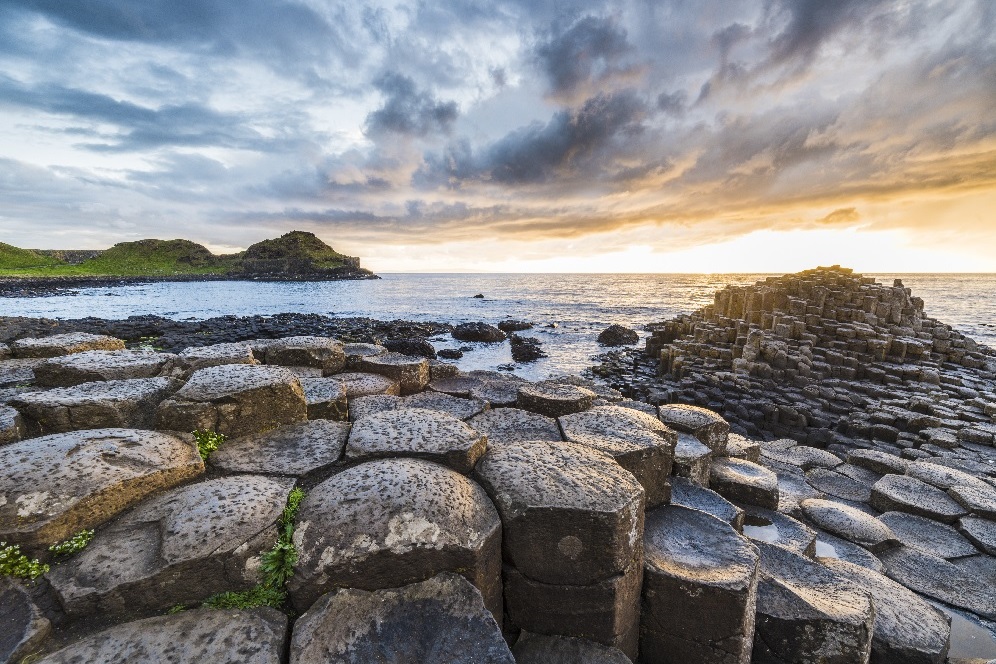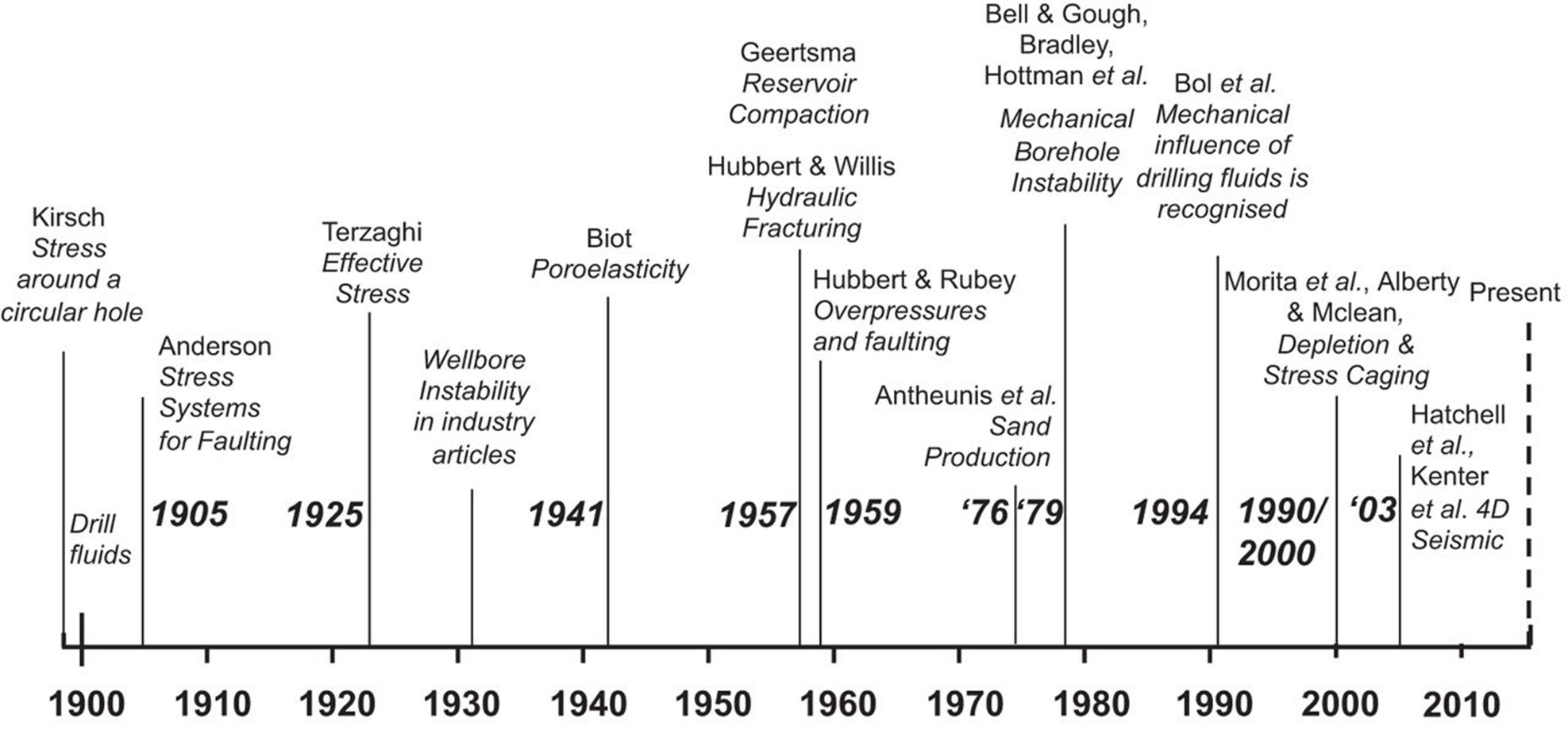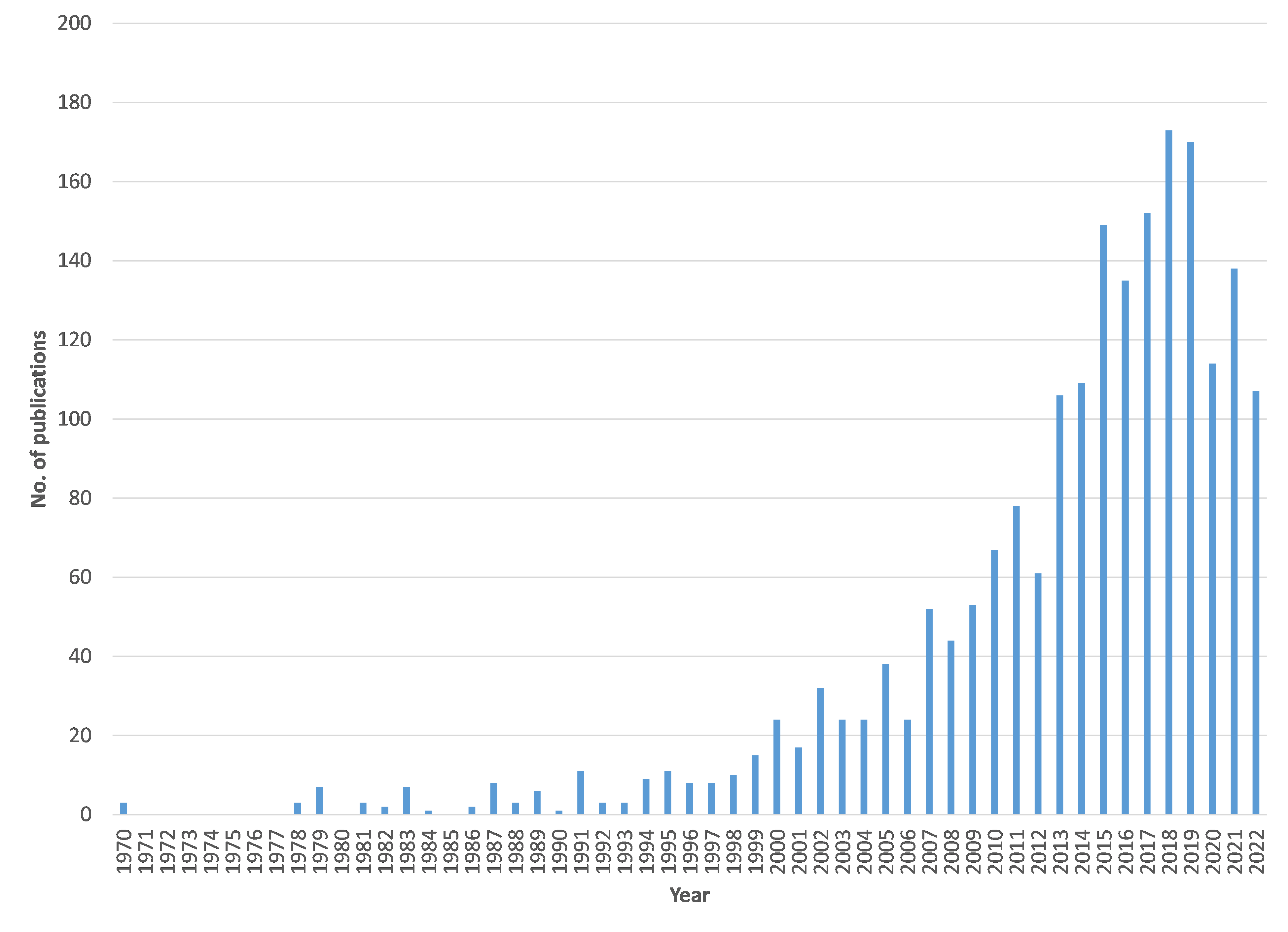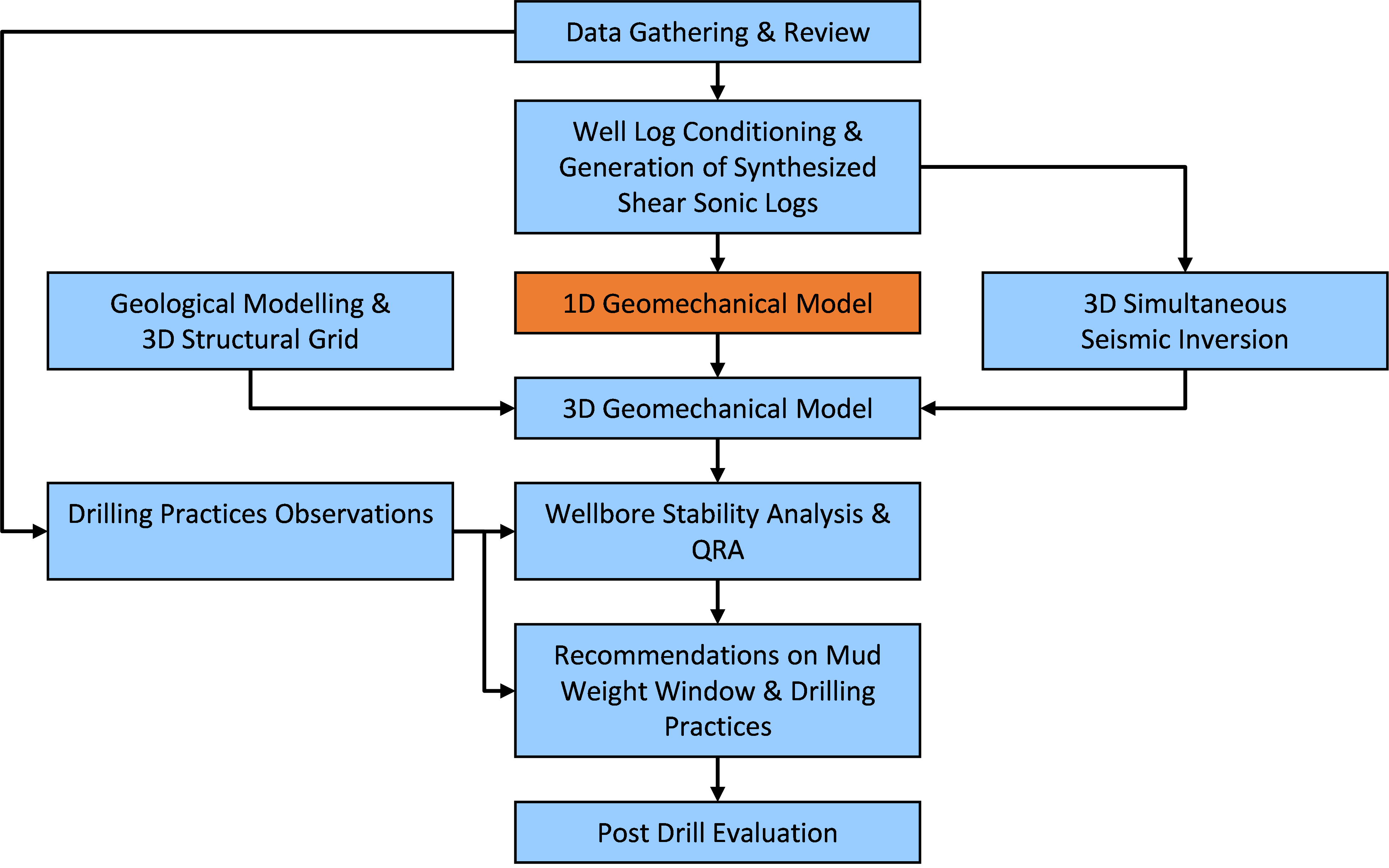The Importance of Feature Selection for Machine Learning in Petrophysics
When planning and building machine learning models, a question often asked is, “What features should I use as input to my model?”.
3 min read
 Frans Mulders
:
June 13, 2023
Frans Mulders
:
June 13, 2023

Over the past decades, geomechanics has been recognized in the energy sector as an increasingly important discipline to perform subsurface operations safely and more efficiently. This trend is expected to continue as the world’s energy supply moves towards sustainable and zero emission resources.
Geomechanics principles date as far back as the late 19th century and some excellent and fundamental developments have been made during the 20th century (Figure 1). Geomechanics principles were widely applied in civil engineering and mining applications, however, it wasn’t until the 1980s and 90s that geomechanics saw a boom in the petroleum industry tackling many issues related to, among others, sand production, wellbore stability and fracturing. Since then, despite some skepticism, geomechanics has been more and more recognized as being critical to the success of many subsurface operations, as evident from Figure 2.

Figure 1. Timeline of notable developments in the adoption of geomechanics in the oil and gas industry. From Addis (2017), modified from SPE Distinguished Lecture by Moos (2014).

Figure 2. Number of publications per year in the OnePetro online library with ‘geomechanics’ or ‘geomechanical’ in the publication title.
As wells are getting deeper and longer and reservoir structures are getting more complex and unconventional, the awareness of geomechanical analyses has increased. This is exacerbated by the rise of carbon capture and storage (CCS), geothermal and other sustainable energy operations, which are accompanied by an increase of safety awareness.
For instance, properly accounting for direction-dependent rock strength in transversely isotropic shales can enable the successful drilling of extended reach wells without out-of-control borehole failure. Or analysis of the stresses on natural fractures can tell how much injection pressure would be required to re-activate some of the fractures to have them contribute to fluid flow and well productivity or injectivity. This is an important application for the production from tight reservoirs and geothermal operations in hot dry rocks. Geomechanical analysis can turn problem wells, or even wells thought to be undrillable, into smooth operations.
Many case studies have been performed and published. Zoback (2010), Zoback & Kohli (2019) and Fjaer et al. (2021) give, besides fundamental geomechanical principles, numerous examples of practical applications where geomechanics has resolved many issues.
Depending on the problem being addressed, it might be necessary to build 3D numerical reservoir-scale models. In this context it is important to note, that however complex the geomechanical modelling gets, it always starts with analytical 1D well-based models. Whether the geomechanical model being built is a simple 1D model or a more complex 3D or even 4D model with dual porosity and discrete fracture networks, it always starts with analysing well and core data. Figure 3 shows a workflow for a wellbore stability study involving both a 1D and 3D geomechanical model. The quality of the 1D analytical well-scale model determines to a large extent the quality of the 3D numerical reservoir-scale model.

Figure 3. Workflow for a wellbore stability study involving a 3D geomechanical model (Mulders et al. (2017)). The 1D geomechanical model determines to a large extent the quality of the 3D model.
In the 2020s, geomechanical topics like fault reactivation, fracturing, cap rock integrity, stress anisotropy, rock strength anisotropy and drilling into over-pressured zones became common. High resolution geosteering, intelligent fracturing, 4D stress mapping and application of artificial intelligence into geomechanical applications are probably the next steps of geomechanical developments.
As the world’s energy supply is moving towards sustainable and zero emission resources, the above-described trend of increasing geomechanical awareness and application is expected to continue. For instance, CCS requires safe operations and long-term storage without compromising the seal integrity and CO2 leakage. Geothermal projects rely on wells which have to be operational for decades and might require fracturing or the avoidance thereof. This requires detailed knowledge of the in-situ stresses and geomechanical conditions in the subsurface. Combined with the increasing complexity of subsurface structures and operations, the need for geomechanics is expected to continue to increase.
Author: Frans Mulders, Product Champion, Geomechanics
References
Addis, T. (2017): The geology of geomechanics: petroleum geomechanical engineering in field development planning. In: The Geological Society of London Special Publication 458, Geomechanics and Geology, edited by J.P. Turner, D. Healy, R.R. Hillis and M.J. Welch, January 2017.
Fjaer, E., Holt, R.M., Horsrud, P. & Raaen, A.M. (2021): Petroleum Related Rock Mechanics. 3rd Edition, Elsevier Science.
Moos, D. (2014): The future of geomechanics – where we are, how we got here, and where we’re going. Paper presented at the SPE Workshop Applying Geomechanics in the E&P Industry: Best Practices and Recent Technological Developments. 29–30 April 2014, Guadalajara, Mexico.
Mulders, F., Lemanczyk, R., Johnstone, K., Spencer, S., Castillo, E., Sorrentino, Y., McDonald, A., Mawira, A., Rubyanto, D., Nugraha, A. & Khadafi (2017): From 3D seismic inversion to drilling engineering: A multidisciplinary approach to resolve wellbore stability issues offshore West Madura. SPE 186335, SPE/IATMI Asia Pacific Oil & Gas Conf. and Exhibition, 17-19 Oct. 2017, Jakarta.
Zoback, M.D. (2010): Reservoir Geomechanics. 1st Edition, Cambridge University Press.
Zoback, M.D. & Kohli, A.H. (2019): Unconventional Reservoir Geomechanics: Shale Gas, Tight Oil, and Induced Seismicity. 1st Edition, Cambridge University Press.

When planning and building machine learning models, a question often asked is, “What features should I use as input to my model?”.

Last weekend I was talking with a plumber who came to my house, and I was shocked to find out that he had no idea that our software was capable of...

All petrophysical interpretations carry a degree of uncertainty - this is not a flaw, but a fundamental reality of the process. From the moment data...